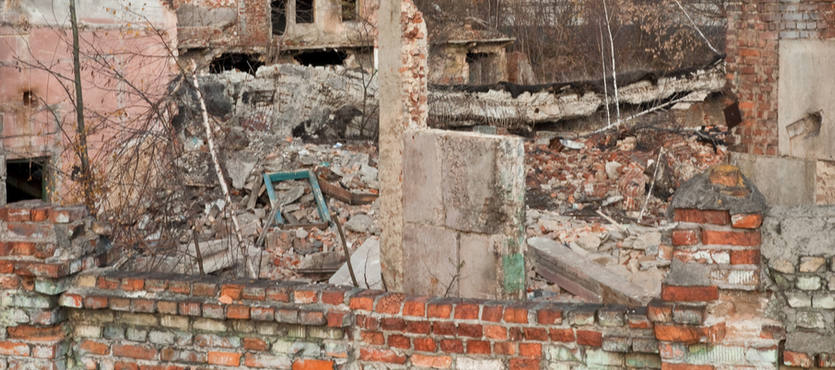An elusive permanent peace solution and a wave of political assassinations might mean that more blood will be shed in this Southwest Asian nation.
Under a February 2020 peace agreement, the U.S. agreed to withdraw by May 2021 in exchange for a Taliban promise not to harbor international terrorists or attack Americans. There is very little chance that Afghanistan will have a stable, non-Taliban government in place by the spring of 2021. So, observers believe one of two things will happen. If the Americans leave as planned, the power vacuum might spark a multi-sided civil war. If the Americans stay, even in a minimal way, the Taliban might renounce the pact and renew its attacks against Americans.
These observers also believe that incoming U.S. President Joe Biden would like to stay in Afghanistan and stabilize the country, unless the risk of more Taliban violence is too great.
How We Got Here
The immediate roots of the Afghanistan War go back to 1979, and the Soviet invasion of Afghanistan. There is some dispute as to whether “invasion” is the proper term. Technically, the Soviets used military force to prop up a friendly government, something the Americans have done many times. But “invasion” is the word we will go with here.
USSR planners probably hoped the Afghanistan invasion would usher in a new phase for the Soviet empire. They might have had their eyes on the oil fields of the Middle East. As it turned out, the Afghanistan invasion was the beginning of a new era. It just was not the era Communist hard-liners hoped it would be.
The Afghan communists seized control of the nation in 1978. Party leaders immediately introduced radical urbanization and land reforms. Afghan people, who are mostly rural and conservative, bitterly opposed these policies. The Red Army’s arrival on Christmas Eve 1979 was too much.
The United Nations voted overwhelmingly to condemn the invasion. Support began pouring in for the growing resistance movement based in the hills. This support included CIA money. With this backing, the patchwork rebels frustrated the Red Army, which began withdrawing in 1988.
When the withdrawal was complete in 1989, new U.S. President George H.W. Bush promptly pulled the plug. That move effectively destabilized the country and allowed the Tabliban to seize control of Afghanistan. If Taliban leaders felt any gratitude or loyalty to the United States, these feelings did not last long. Within a few years, the Taliban was openly harboring sworn American enemies, including Osama bin Laden.
The current Afghanistan war has lasted even longer. October 2021 will mark two decades of fighting. Now, the Americans are almost as exhausted and frustrated as their Soviet predecessors. So, like the war before it, this one seems to be ending. But no one is sure if that is good news or bad news for the people of the world.
Contractors in Afghanistan
Since the first American combat troops arrived in the immediate wake of 9/11, contractors have played an important role in Afghanistan. As a result, many of them have been injured.
A few private military contractors are on the front lines. American law forbids offensive operations. But these contractors routinely face militant attacks and other dangers that regular servicemembers face. In fact, at the height of the fighting, if you were on a helicopter in Kabul, it was hard to tell who was a regular servicemember and who was a contractor.
Most contractors serve in direct support roles. They escort convoys and verify identifications and checkpoints. Contractors also go door-to-door in villages and towns searching for intelligence. These duties are not glamorous or exciting. But they allow regular servicemembers to do other things. These duties are also risky. An IED could be just around the corner or a suicide bomber could be in the next car.
Other private military contractors do not carry guns. Instead, they carry laptops or screwdrivers. Many contractors serve in logistical support roles. They train security forces or help plan operations. Still others maintain the drones and other advanced weapons that populate Afghan battlefields. Frequently, contractors are from the same companies which designed and built these devices.
Injury Compensation Available
Most frontline Afghan contractors are gone. Most contractors in the other two categories remain. They will probably remain even after peace is declared. Whenever and wherever these contractors are injured overseas, the Defense Base Act usually applies. Injured servicemembers can count on the VA for medical care. In a similar way, injured contractors can count on the DBA.
All government contractors, even if they are foreign nationals, are eligible for DBA benefits. Some contractors who work for sympathetic foreign governments might also be eligible.
The injury or illness must have occurred in an overseas war zone. In this context, a “war zone” is any country that has some U.S. military presence. A single military attache in an embassy suffices.
Furthermore, the injury must have a direct or indirect relationship to the deployment. Assume Robert is on an outdoor run, partially because he likes running and partially to stay in shape. While he is out, a car hits him. Robert is probably eligible for DBA benefits, even though his injury was not directly related to his job duties. The Supreme Court only requires a nexus, or an indirect connection.
Speaking of job duties, the injury need not happen during work hours. If Robert is hurt in an attack on a market, the DBA probably applies, even if the attack happened after Robert’s shift ended.
To learn more about DBA procedure, contact Barnett, Lerner, Karsen, Frankel & Castro, P.A.

